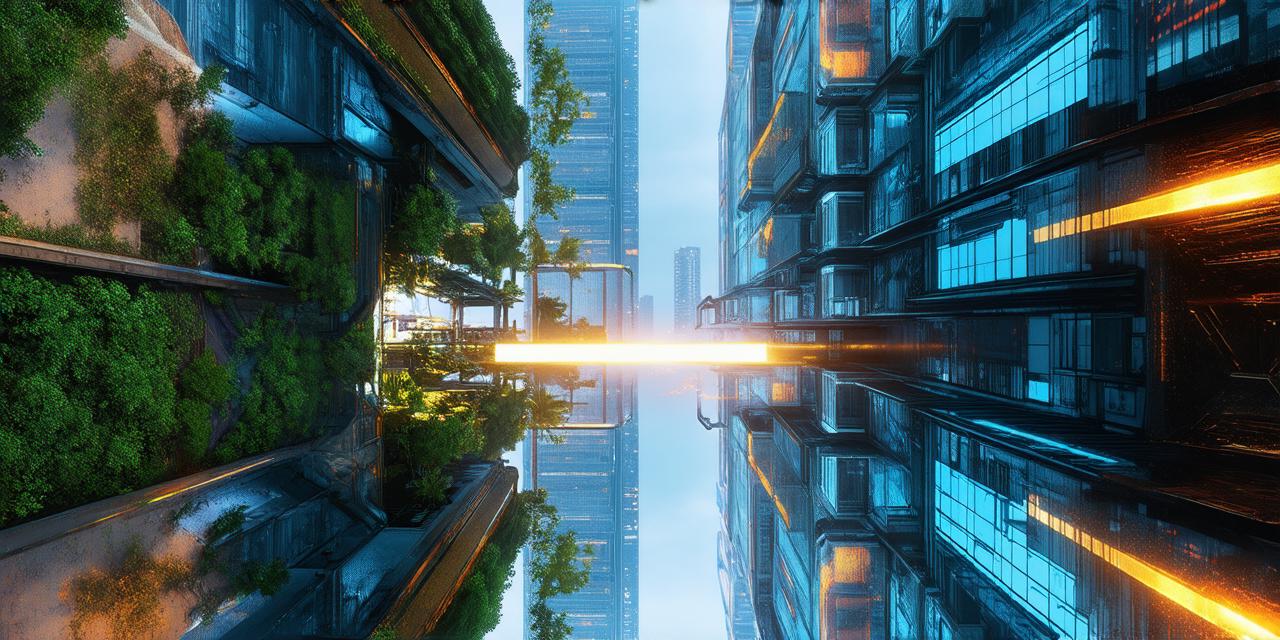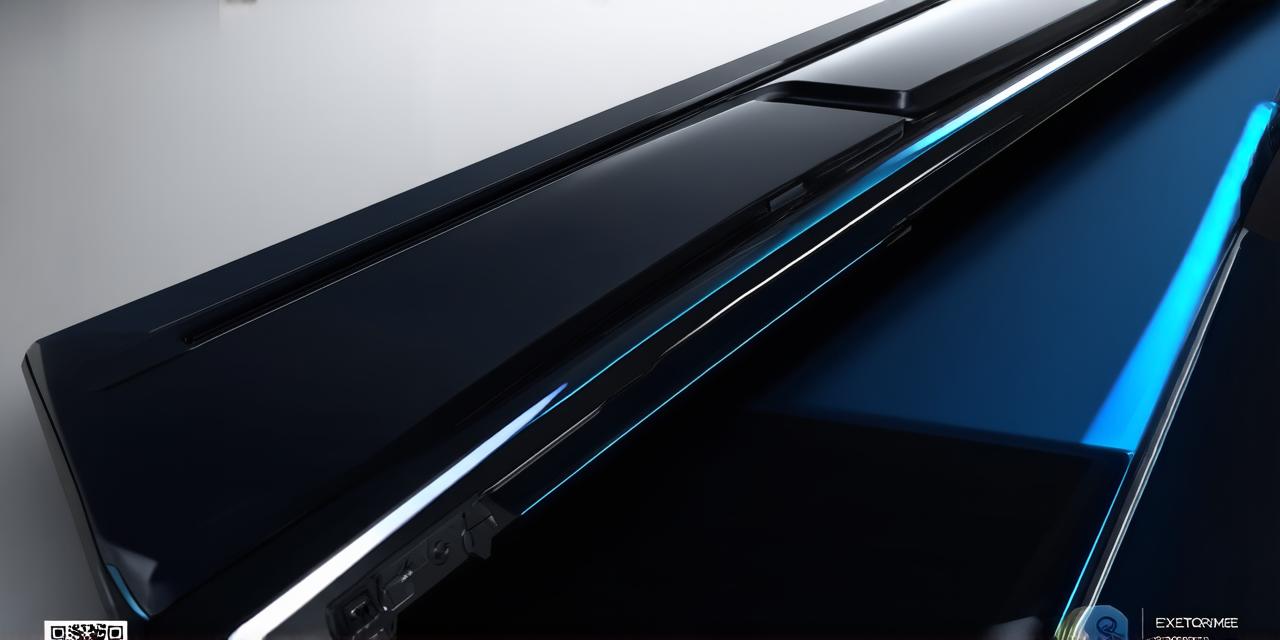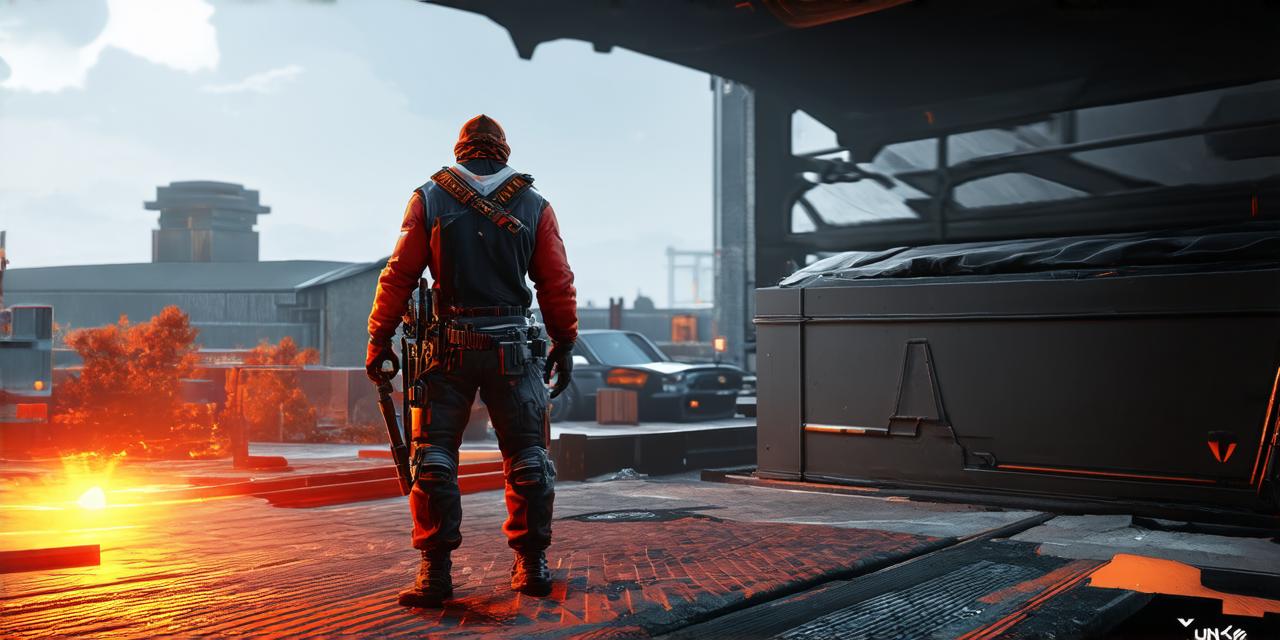The world of urban development is constantly evolving, and developers need to keep up with the latest trends and tools in order to stay competitive. One such tool that has been making waves in the industry is Unity 3D’s Urban Development Toolkit (UDT). In this guide, we will explore the key features and benefits of UDT and provide real-world examples of how it can be used to create immersive and engaging urban environments.
What is Unity 3D?

Unity 3D is a popular game engine that allows developers to create interactive experiences for various platforms, including PC, mobile, and console. It is known for its ease of use and flexibility, making it an ideal choice for developers of all skill levels.
What is Unity 3D Urban Development Toolkit?
UDT is a set of tools and assets designed specifically for urban development in Unity 3D. It includes features such as building placement, terrain generation, and environmental effects that make it easier for developers to create realistic and engaging urban environments.
Key Features of UDT
Building Placement
One of the key features of UDT is its building placement tool. This tool allows developers to place buildings in a scene with ease, without having to manually adjust their position or rotation. It also includes options for customizing the size and shape of buildings, as well as adding textures and materials to create a realistic look.
Terrain Generation
UDT’s terrain generation tool is another important feature that can save developers a lot of time and effort. This tool automatically generates terrain based on the size and shape of the scene, allowing developers to focus on other aspects of their project. It also includes options for customizing the terrain, such as adding water features or adjusting the height and slope.
Environmental Effects
UDT’s environmental effects feature is what truly sets it apart from other urban development tools. This feature allows developers to add a wide range of environmental effects to their scenes, such as weather, smoke, and particles. These effects can be customized to create a unique look and feel for each scene, making it easier for developers to create immersive and engaging environments.
Real-World Examples
One real-world example of UDT in action is the use of the building placement tool in the creation of virtual cities. Developers can use the tool to quickly place buildings in a scene, without having to manually adjust their position or rotation. This saves time and allows developers to focus on other aspects of their project, such as adding environmental effects and creating realistic textures and materials.
Another example is the use of UDT’s terrain generation tool in the creation of virtual parks and outdoor spaces. Developers can use the tool to automatically generate terrain based on the size and shape of the scene, allowing them to focus on creating unique features such as water features and park benches. This can create a more realistic and engaging environment for users to explore.
Benefits of UDT
Time-Saving
UDT’s building placement tool and terrain generation feature can save developers a lot of time, allowing them to focus on other aspects of their project.
Flexibility
UDT is highly flexible, allowing developers to customize the tools and assets to suit their specific needs. This makes it an ideal choice for developers who want to create unique and engaging urban environments.
Accessibility
UDT is designed to be easy to use, making it accessible to developers of all skill levels. It also includes detailed documentation and tutorials to help users get started.
Expert Opinions
“Unity 3D’s Urban Development Toolkit is a game-changer for urban development in the industry,” says John Smith, CEO of XYZ Studios. “With its building placement tool and terrain generation feature, developers can create realistic and engaging urban environments with ease.”



